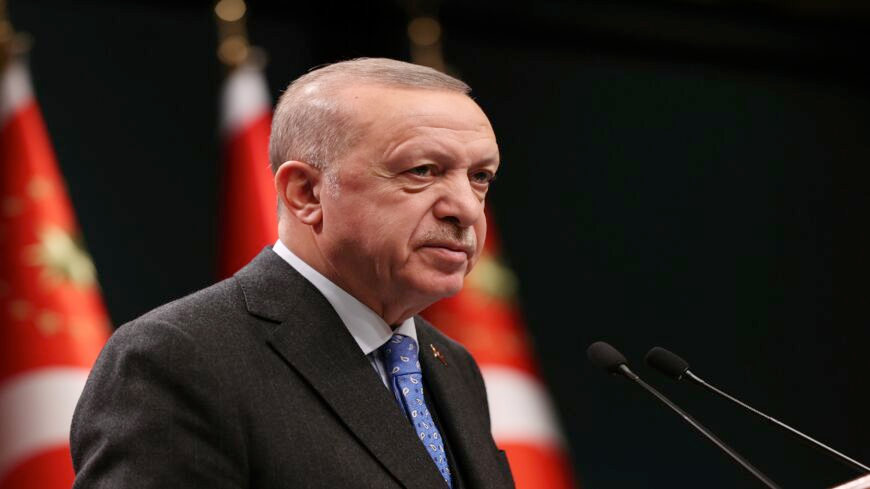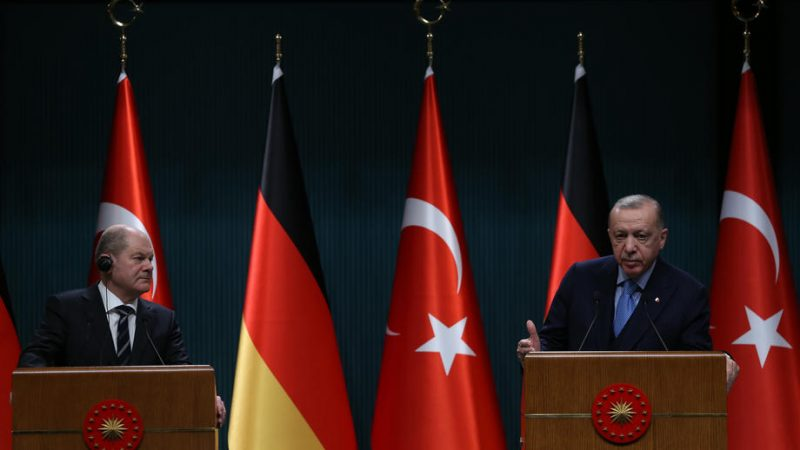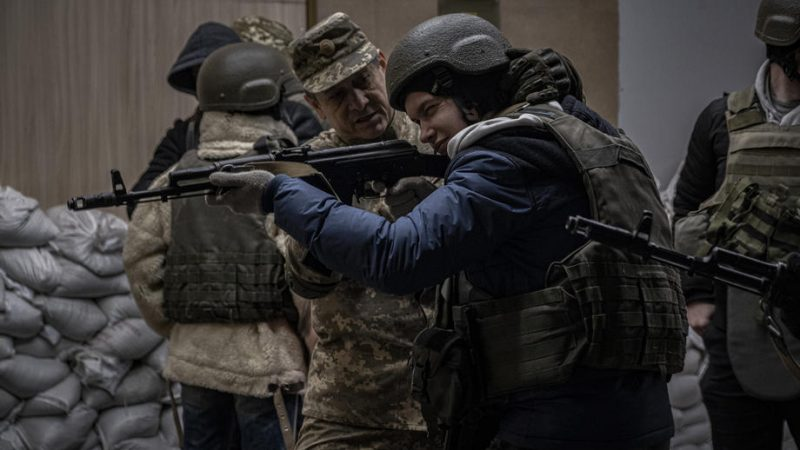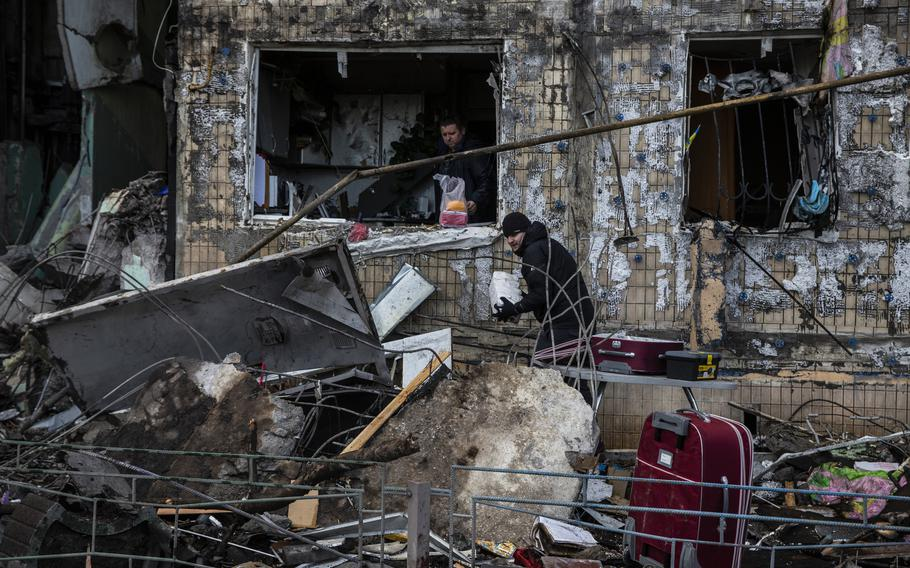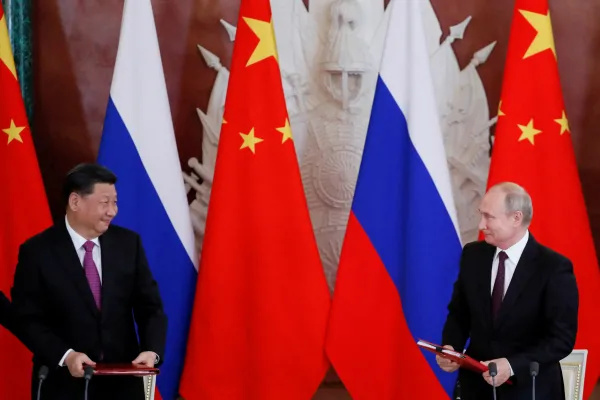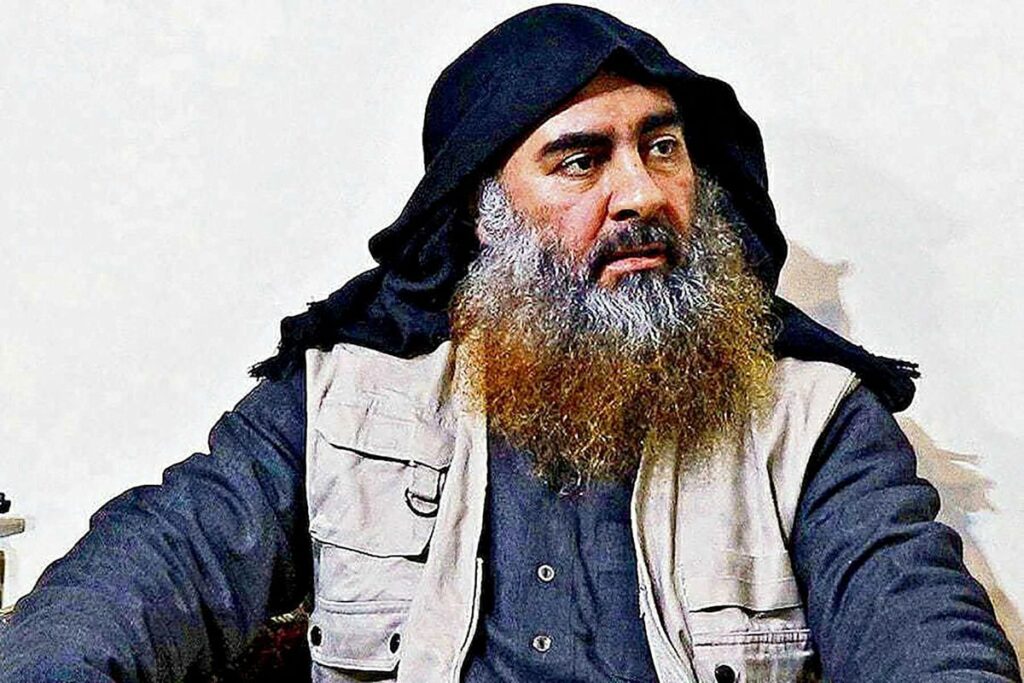Germany Reportedly Plans to Buy Over Thirty F-35 Jets From US Firm Lockheed Martin
Currently, Germany owns only one class of fighter jets capable of carrying nuclear weapons – the Tornado.
Germany is going to purchase F-35 fighter jets made by US firm Lockheed Martin to replace its ageing Tornado aircraft, Reuters reported, citing two government sources.


